Description
Product Description
Inflammation in the bone, muscle and joint tissue sets deep into the affected tissues with time. It becomes chronic and flares up with the slightest triggering factors like faulty food and lifestyle, climate etc. The Rakta Dhatu (blood) coupled up with deranged Vata snares the body in a vicious cycle of pain, swelling and rigidity.
Karaskara Ghritham having ‘Karaskara’ or Strychnos nuxvomica as one of its main ingredients, is a potent nervine formula mentioned in the context of ‘Rakta-Vata’ management in Ayurveda. It heals and nourishes the affected joints, and prevents further degeneration.
Features and benefits of Karaskara Ghritham –
- Karaskara Ghritham is a combination of Bala (Sida cordifolia), Draksha (Vitis vinifera), Yashtimadhu (Glycirrhiza glabra), Kadali (Musa paradisiaca) and Kupilu (Strychnos nuxvomica) in a nourishing base of ghee.
- Karaskara Ghritham relieves deep tissue pain and swelling associated with chronic inflammation.
- It clears circulatory channels and stimulates metabolism. Encourages optimum digestion and absorption in the gut.
- It heals and nourishes degenerative joints. It imparts strength and mobility to joints.
- It revives nerve tissue and function. It imparts stability and strength to the nervous system.
- Karaskara Ghritham improves quality and quantity of circulating blood. It cleanses the body of metabolic toxins. It is beneficial in curing skin pigmentation, chronic wounds and ulcers. It restores skin health.
Dosage & Directions for Use
Adult: 7-10 ml Karaskara Ghritham early in the morning on empty stomach.
Child: 5-7 ml Karaskara Ghritham once in the morning on empty stomach.
Suitable for all ages.
Key ingredients and their properties:
BALA (Sida cordifolia Linn)
Country mallow, is also referred to by its scientific name Sida cordifolia Linn. The Ayurvedic system of medicine considers Bala or Sida cordifolia as a tonic, astringent, emollient, and aphrodisiac. The drug also forms a chief ingredient of several important formulations and preparations in Ayurveda. Internally, Bala is believed to be a very effective nervine tonic and rasayana for all kinds of Vata disorders.
DRAKSHA (Vitis vinifera.)
Commonly known as grapes, it is used in both dry and wet form. Its juice is given to children mixing with water it relieves constipation. Regular application of Grapes in the form of a face pack protects skin from harmful ultraviolet radiation. It is used in the preparation of asavas and arishtas.
YASHTI (Glycyrrhiza glabra)
Also known as Glycyrrhiza glabra, Yashtimadhu is beneficial in treating acid peptic disease. It reduces gastric acid secretion and inhibits the formation of peptic ulcers. It is also one of the world’s most widely researched herbs for its role in supporting the body’s normal digestive function. It is useful in Hyperacidity, Useful in Peptic ulcer, Useful in Gastro-Esophageal Reflux Disease (GERD).
KUPILU (Strychnos nux vomica)
Strychnine helps in relieving inflammation. It smoothens bowel functions and prevents constipation. It might be good for diabetics due to the presence of certain constituents that help lower blood glucose levels. Kupilu also helps to manage insomnia by controlling the functions of the brain and reducing stress. It is also beneficial in managing urinary problems like burning sensation or irritation during urination due to its diuretic activity.
SARKARA (Saccharum officinarum.)
It is commonly known as the sugarcane. Its roots are used for therapeutic purposes. Having properties aphrodisiac (arouse sexual desires), laxative, cooling, demulcent, antiseptic, and tonic. Sugarcane juice is very useful in jaundice conditions.


 Sign In
Sign In Cart
Cart 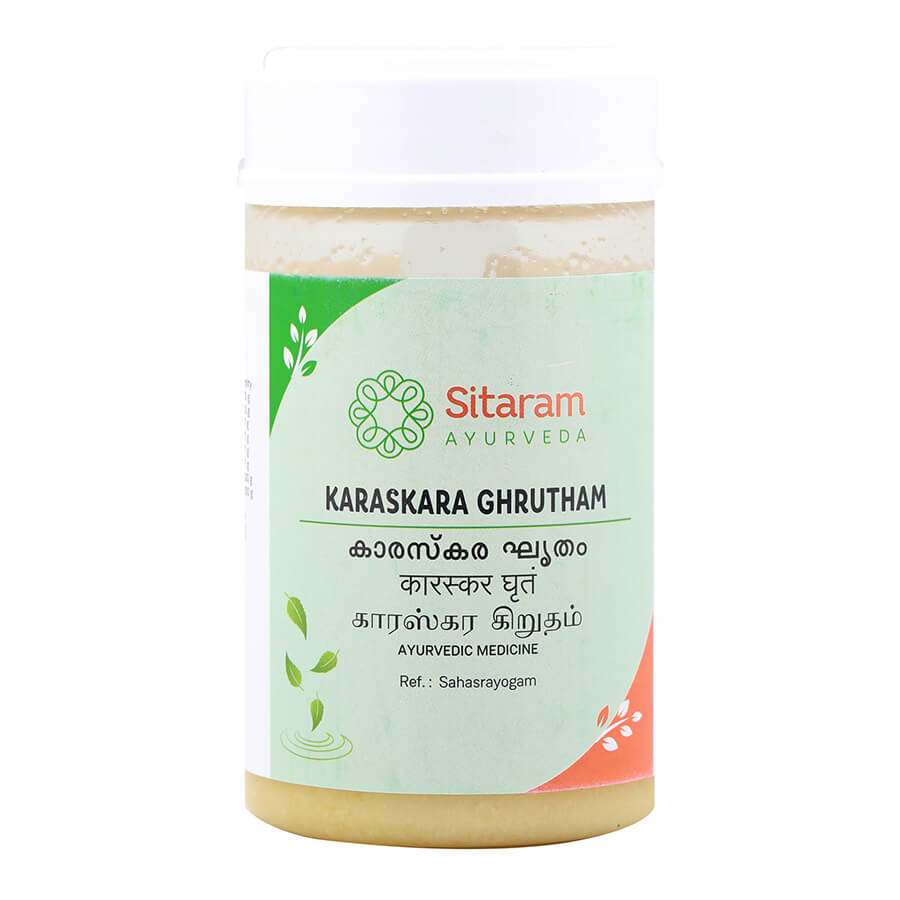
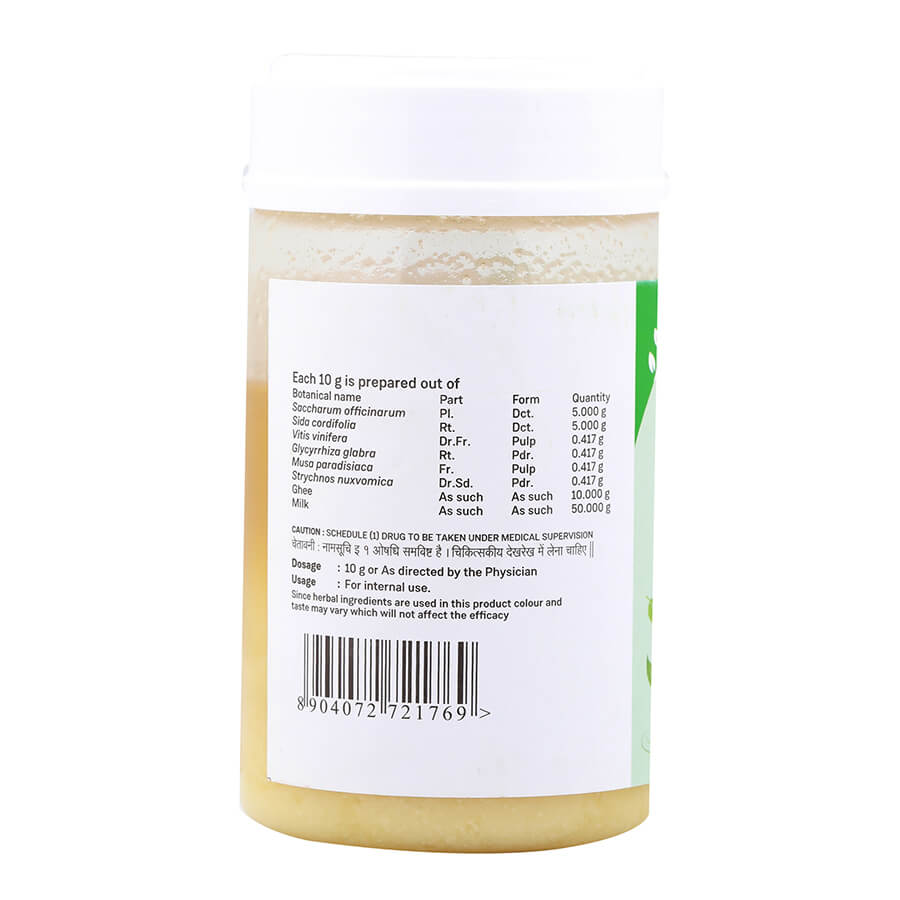
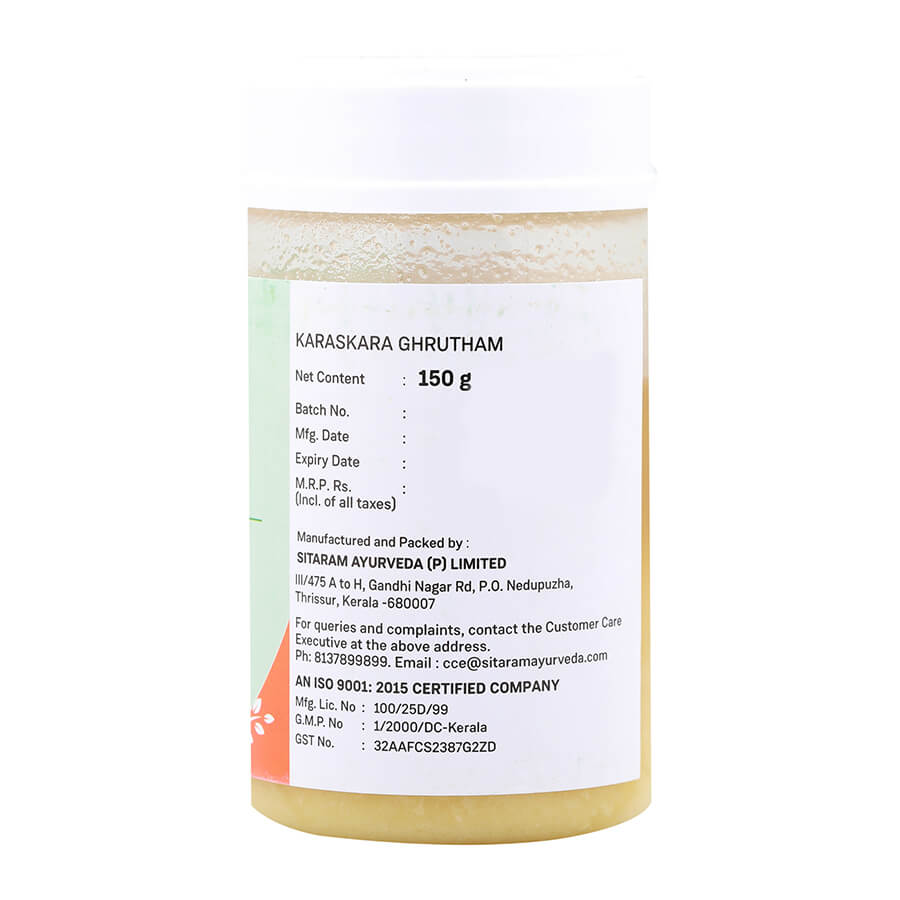
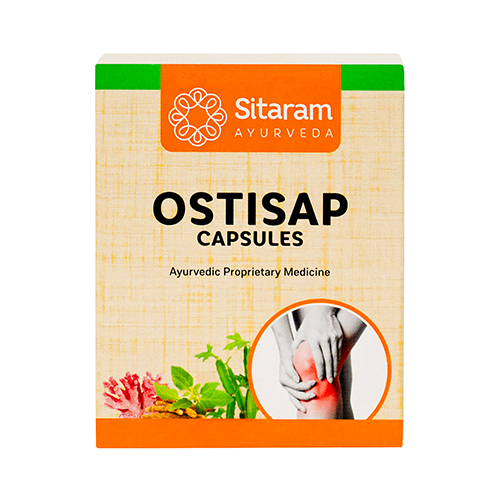
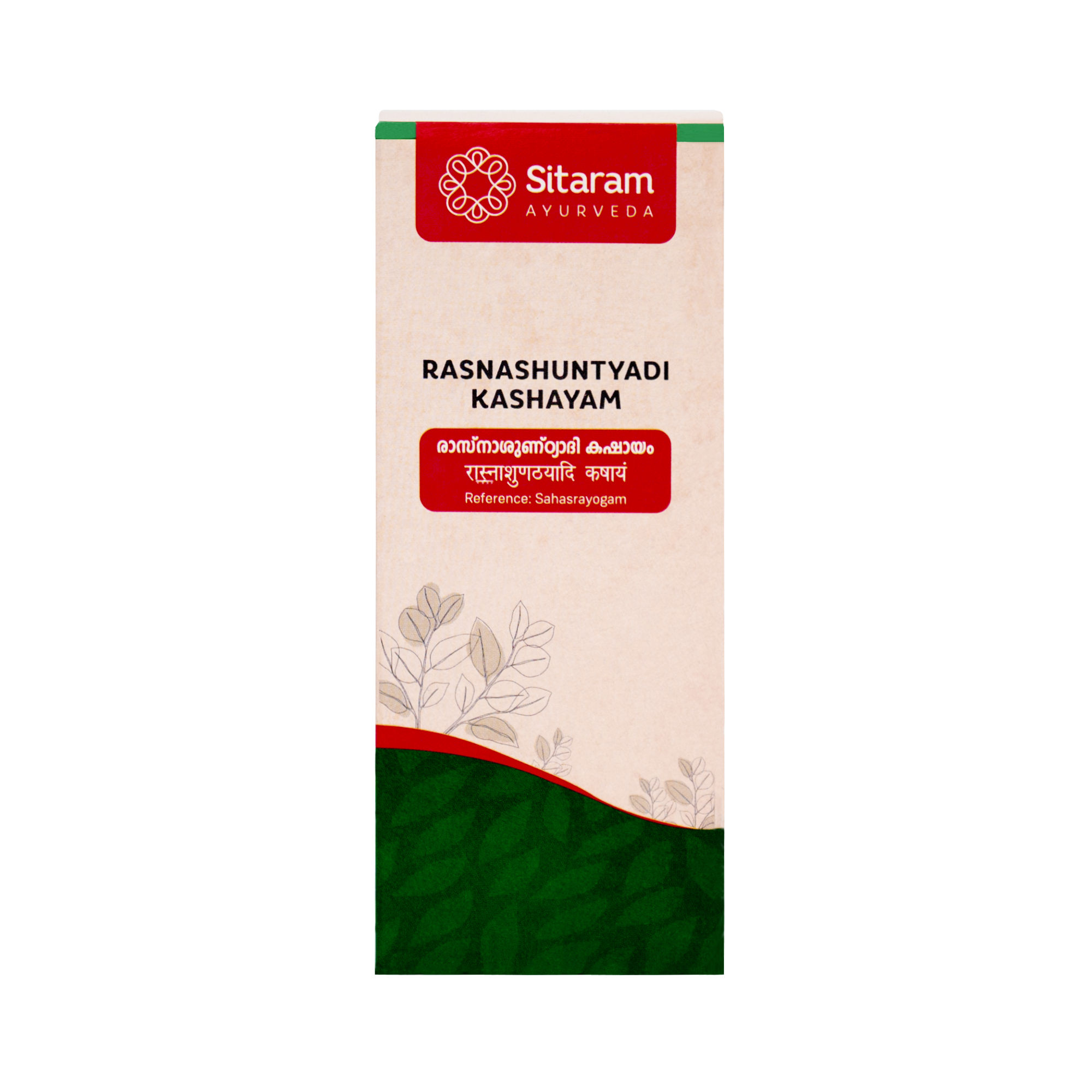
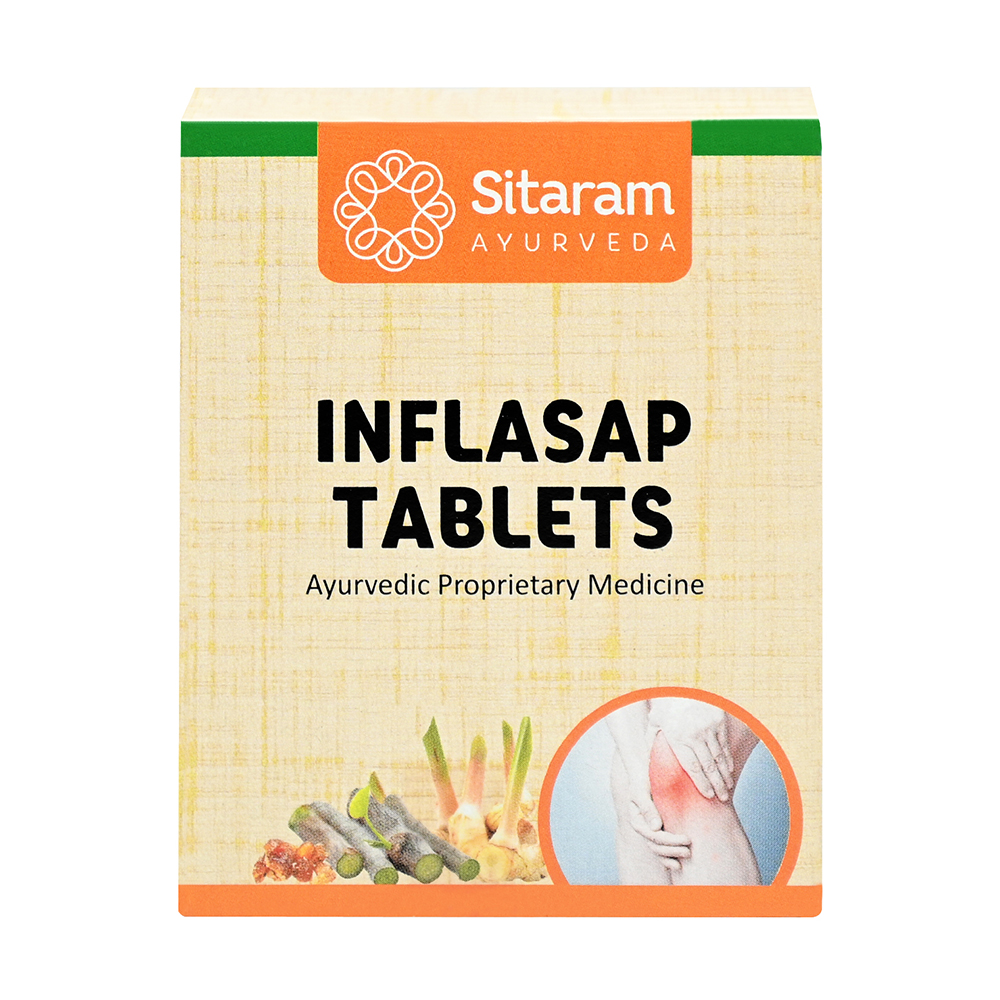
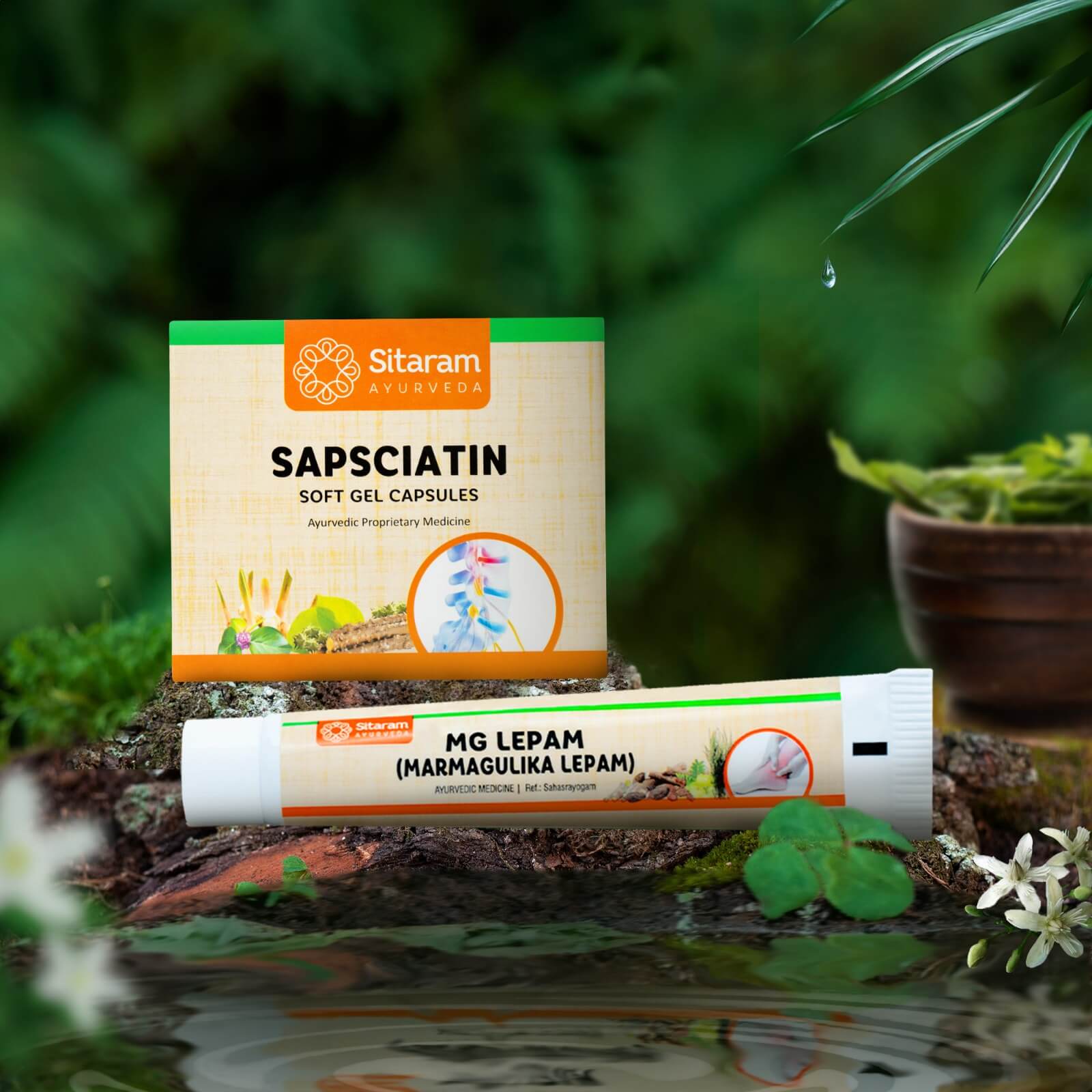
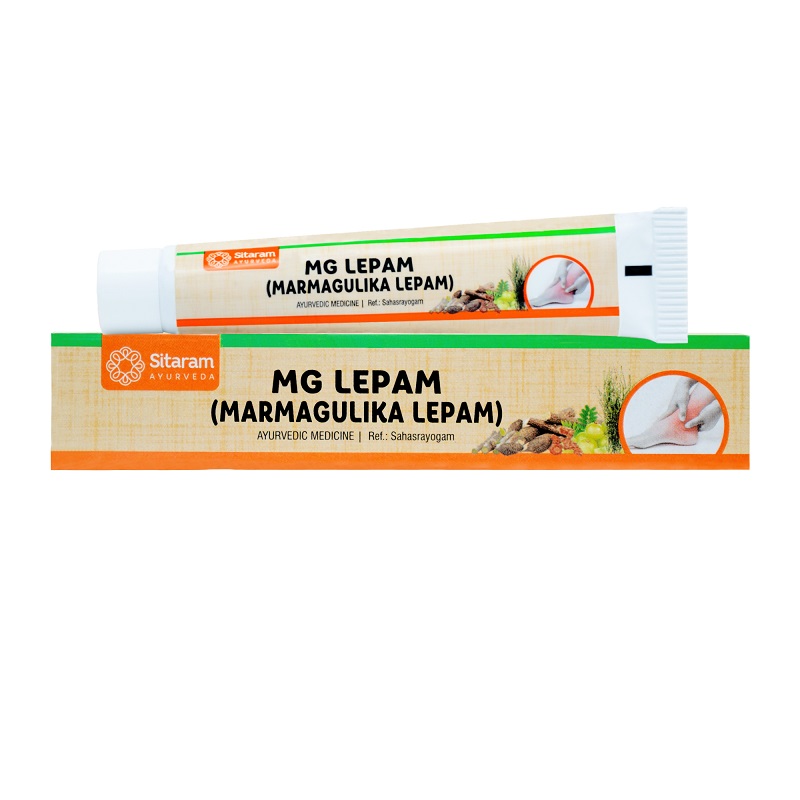
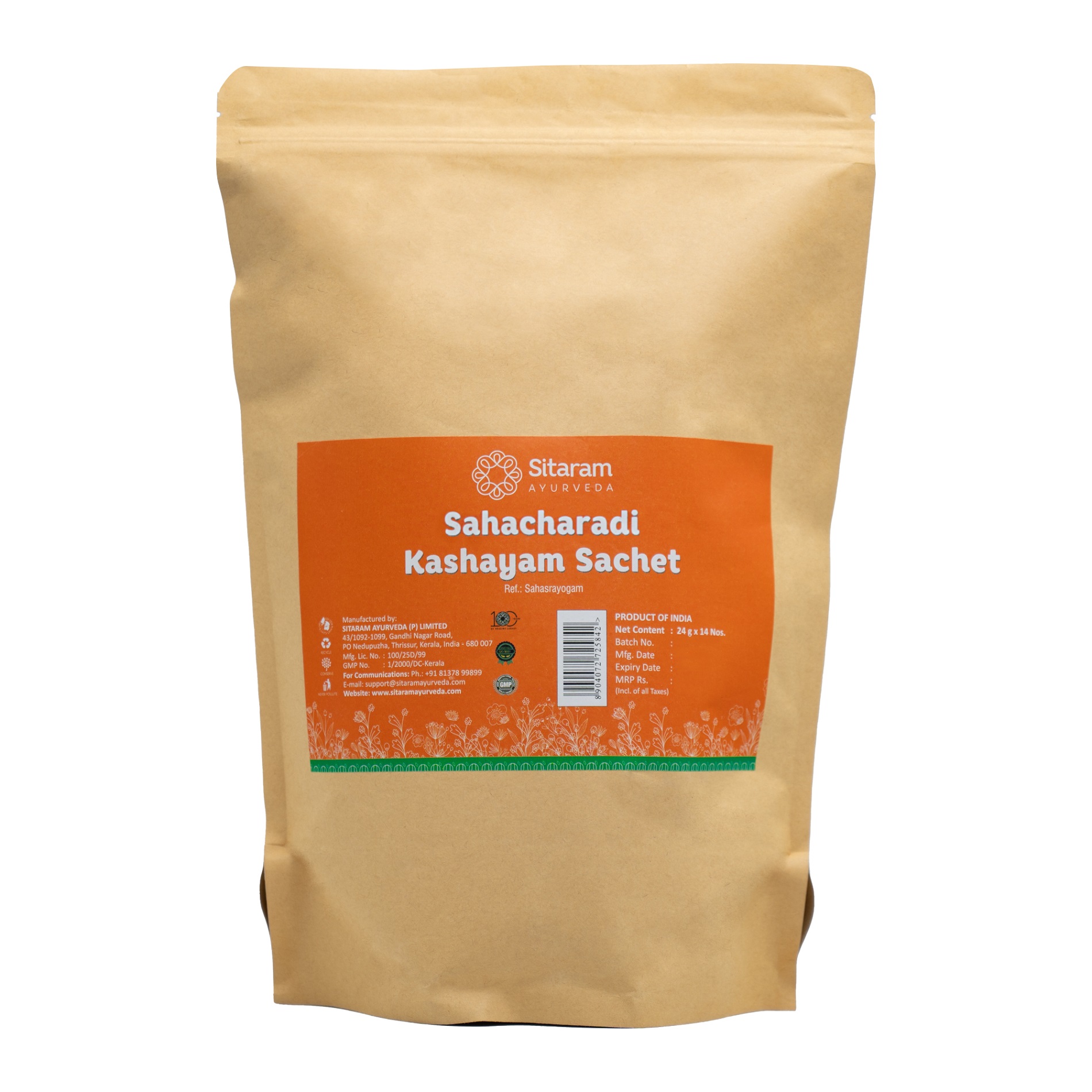
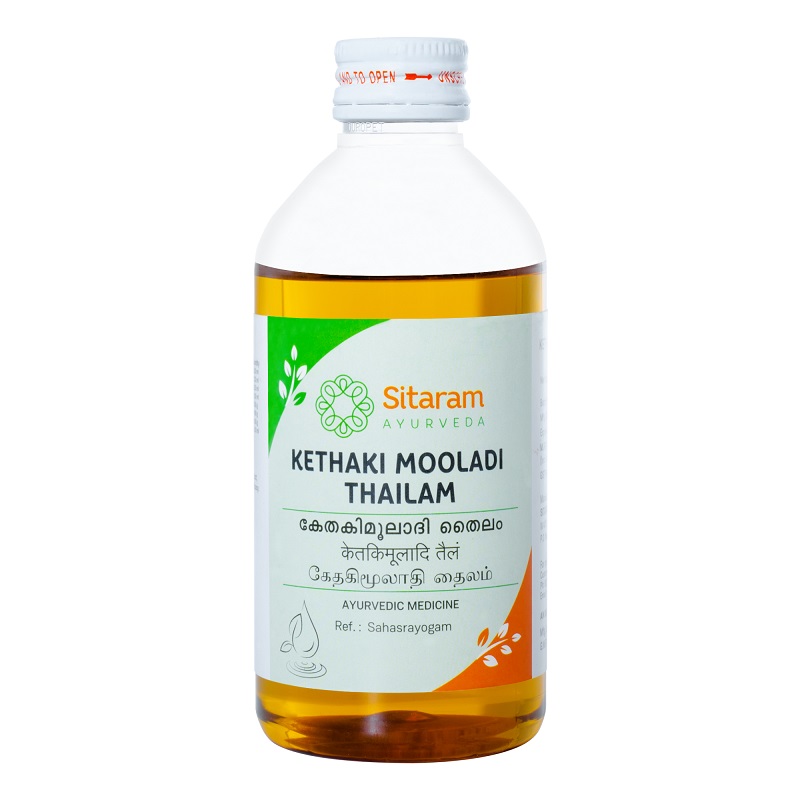
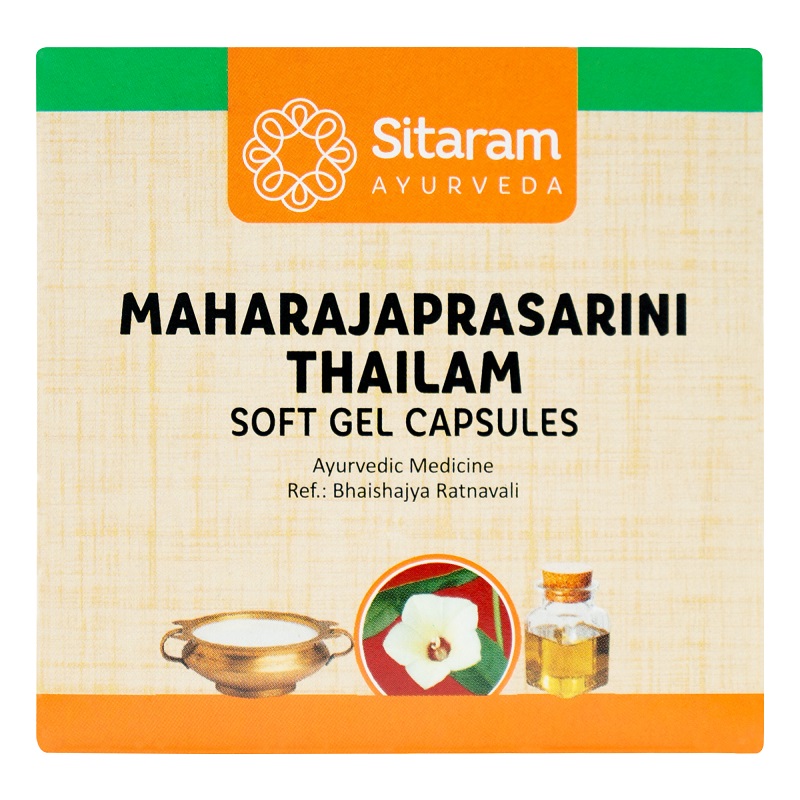
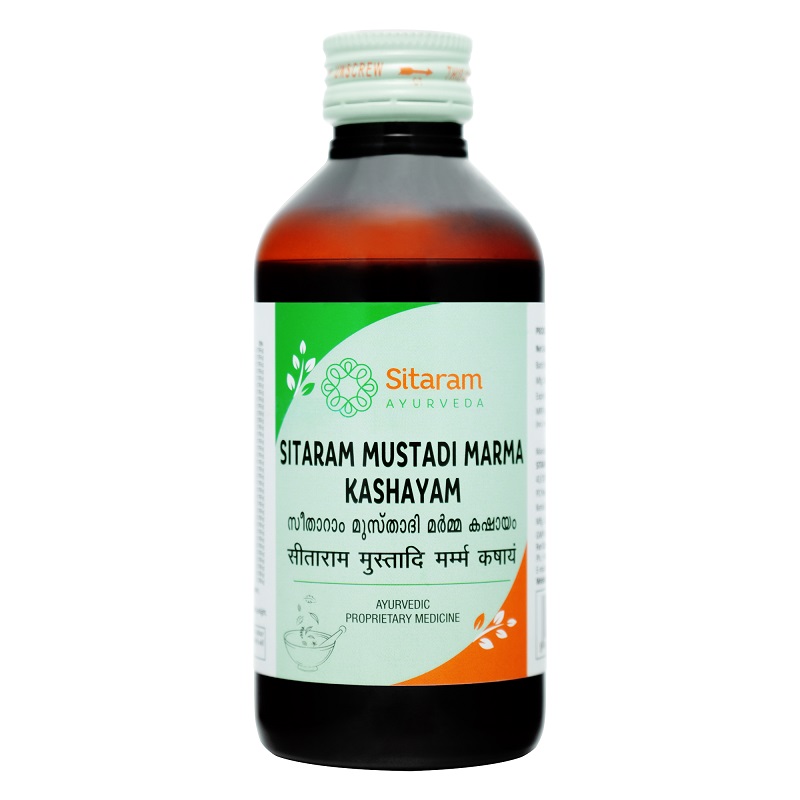
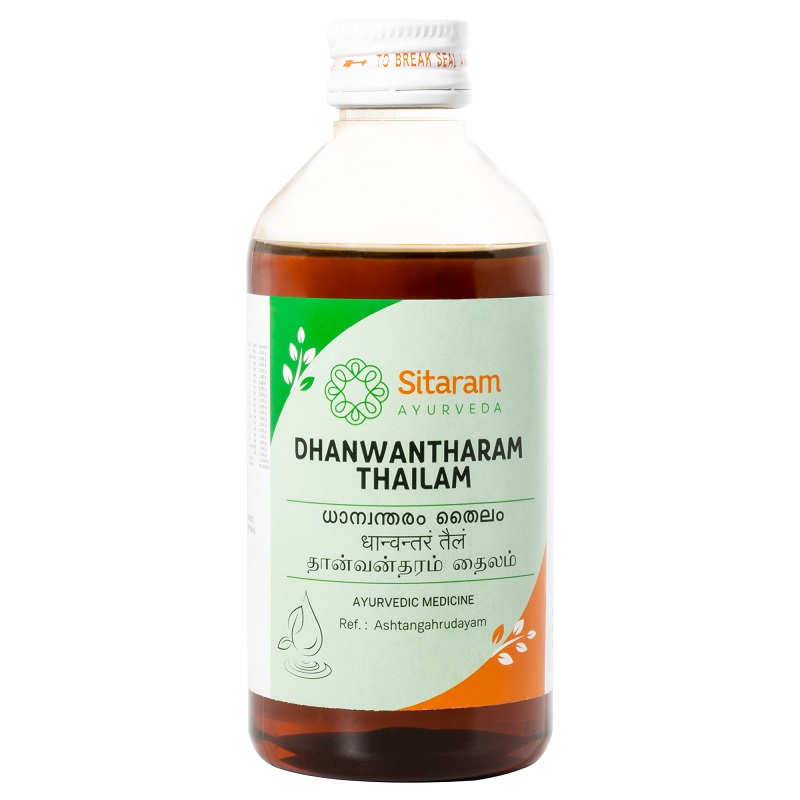
B Karthikeyan (verified owner) –